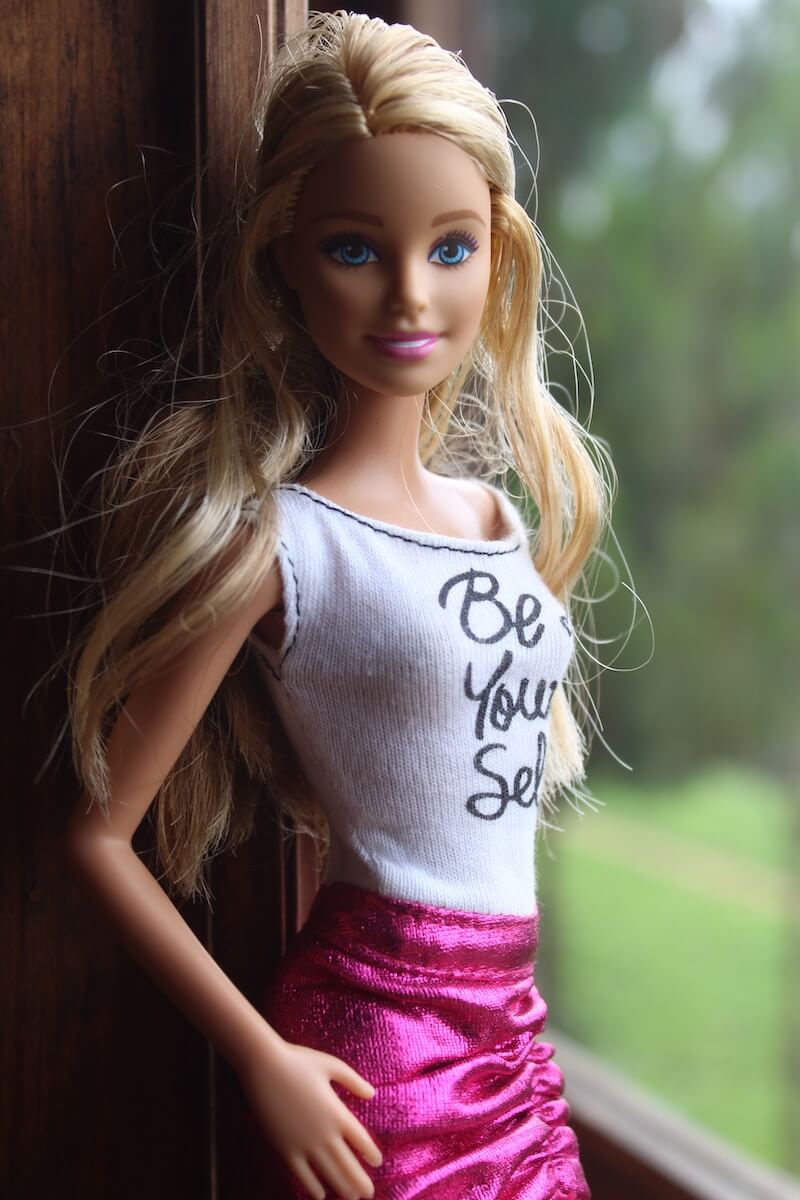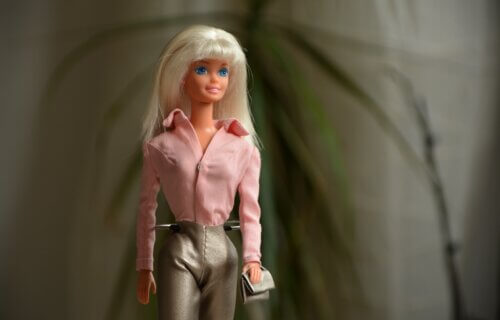BLOOMINGTON, Ind. — Medical-themed Barbie dolls are lacking in both diversity and accuracy, according to a recent study. Researchers say that current medical and scientific Barbie dolls often neglect clinical and laboratory safety standards. For instance, these dolls frequently have loose hair and wear high heels, which is contrary to safety norms in these fields.
The iconic fashion doll has represented various careers, ranging from a construction worker and teacher to a veterinarian, judge, scientist, and medical doctor. These dolls symbolize the professions that children may aspire to pursue. However, no prior studies have scrutinized Barbie dolls depicting medical professionals and scientists for their professional authenticity and the range of careers they represent.
A team of scientists embarked on a project to address this gap, examining 92 Barbie career dolls in medical or scientific roles. They evaluated the dolls’ attire, accessories, and packaging, assessing their personal safety gear against Indiana University’s guidelines.
The findings reveal a lack of diversity among the dolls, with 98 percent depicted as adults, 93 percent as female, and 59 percent as White. Additionally, none of the dolls had a visible disability.
The researchers note that themed dolls play a crucial role in inspiring future medical professionals and scientists. They urge toy companies to strive for more accurate, and professionally diverse representations of medical professional and scientist dolls.
“For young girls’ sakes as much as her own, Barbie must keep shattering glass ceilings,” says medical researcher Katherine Klamer from Indiana University, in a media release.

The study also finds that the majority of Barbie medical professional dolls (66%) were depicted as treating children, with only four percent shown working with adult patients. Despite being equipped with medical accessories like laboratory coats, microscopes, stethoscopes, and glasses, none of the dolls fully met the professional safety standards of their depicted fields. For example, only four percent of the dolls included face masks, and none had disposable gloves.
Moreover, more than two-thirds of the female medical professional and scientist dolls had loose hair, and over half wore high heels, both of which are generally discouraged or outright banned in real-life settings for safety reasons. The team believes that female medical students are still disproportionately deterred from pursuing surgical careers, even in prestigious institutions. They hope that these Barbies might encourage more women to enter these male-dominated industries.
“As surgeons in decidedly male dominated fields, we support Klamer’s conclusion that Barbies should represent a more diverse field of medical and scientific professions and that safety comes before fashion,” says Prof. Sareh Parangi. “We encourage and would welcome the creation of a surgeon Barbie, and would be happy to advise Mattel on the correct accompanying equipment and PPE to make sure the doll is realistic and fun!”
The study is published in The BMJ.
South West News Service writer Isobel Williams contributed to this report.


Between this tripe, and your completely asinine study on alleged “gun safety,” methinks that your misleading “Study Finds” is a tad too woke for my continued reading…